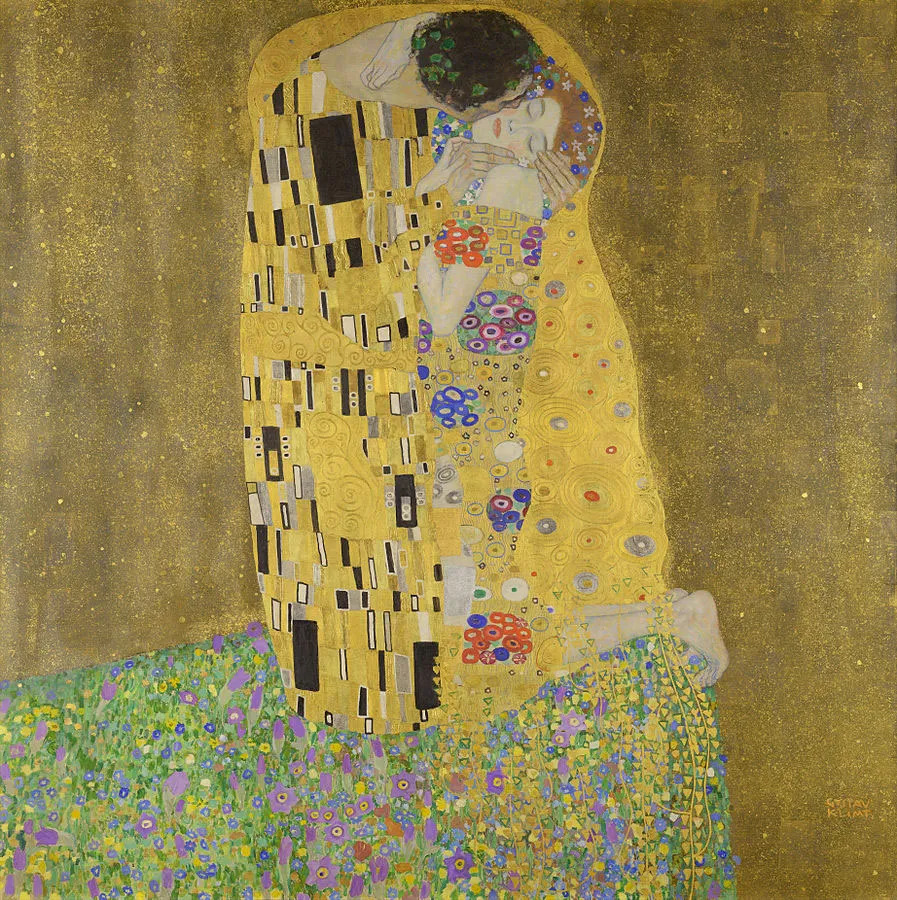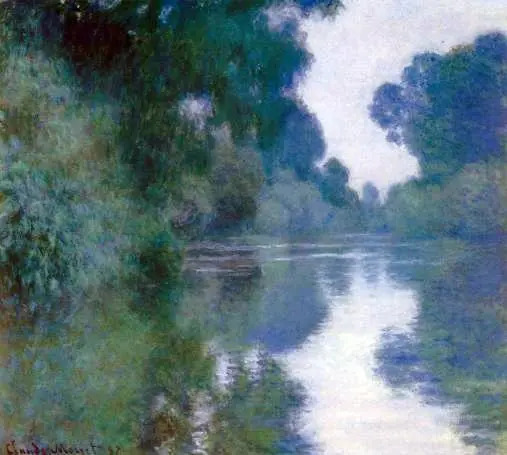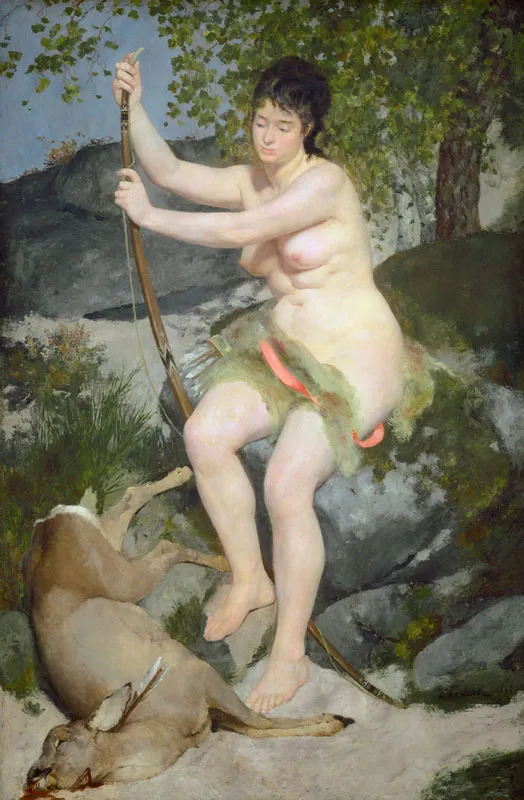In my previous article, I talked about an artist’s portfolio and mentioned that you need to write a clear and interesting artist statement. So in this post, I have gathered all the information you need about artist statements and how to write your own.
What is an artist statement?
The Artist statement is a brief description of your artwork that shapes the viewers’ perspective when they are looking at your art. Think of it as your replacement when you are not present to answer questions related to your art. Creative professionals write artist statements as part of their portfolios.
Why should you write an artist statement?
Art is subjective. People will look at your craft and evaluate it. So, it helps if you communicate your story to the viewer. Viewers often have questions about the art they are looking at. An effective artist statement answers those questions while you are not there.
How to write an artist statement?
Your artist statement is about YOU. Answer these questions to clarify your own ideas about your work in the first place then put the viewer in your shoes.
- What’s the purpose of your art? (message, idea, or subject you are trying to deliver)
- What does it say about you as an artist? (does it reflect your inclinations, your era, and your medium of choice…)
- What makes your art unique? (What makes you stand out from the rest of the artists working in your space)
- What keeps you motivated every day? (your inspirations and what brings you back to painting)
- What is your artist’s story? (you don’t need to have an interesting story, but any story could be made interesting)
- What questions are you often asked about your work? (I get asked why all the female portraits I paint are serious)
- Who is your audience (people interested in environment-related topics, sea lovers, futurism lovers…)
Once you have answered these questions, go ahead and start typing your artist’s statement!
Your artist statement is an introduction to your work and should be no more than 100 -150 words. You should always start with a captivating sentence to draw your readers in. Begin with a short paragraph about the basic premise behind your work, artistic style, and vision. Then move on to the details you see as important, such as the type of work presented and the artistic process. Describe your craft, your style, your palettes, and your technique.
Where would you need an artist’s statement?
As I have mentioned in the first paragraph, your artist statement goes hand in hand with your art portfolio. Some other places that may as for an artist’s statement alone could be:
- To a gallery curator who needs details about your work.
- To an art event or an artist collective.
- When applying for grants or art scholarships.
- When applying for a teaching position.
- To a reviewer who is writing about your work for a magazine or catalog.
- As an introduction to your creative work for potential buyers.
If you happen to need an artist’s statement in one of these frameworks, it’s okay to write a one-page statement that includes all the previous points as well as:
- Your overall vision
- Highlight what materials you work with
15 Tips for writing a good artist’s statement
- Avoid long sentences.
- Write one idea per sentence.
- Avoid describing yourself with words like ‘the best one’ and ‘the only one’.
- Be honest.
- Avoid repetition.
- Avoid mentioning things that don’t matter or add value.
- Use simple language.
- Add illustrative examples.
- Use a grammar corrector to avoid grammatical mistakes.
- Use an active voice.
- Write with confidence and clarity
- Use “I” instead of “you” in your sentences.
- Remember to keep your bio updated so your statement and bio could match.
- Do not summarize your biographical information or CV in your artist statement.
- Do not generalize or romanticize (It should not read like a clichéd vision statement)
Examples of artist statements

“I have never painted a self-portrait. I am less interested in myself as a subject for a painting than I am in other people, above all women… There is nothing special about me. I am a painter who paints day after day from morning to night… Who ever wants to know something about me… ought to look carefully at my pictures.”
Gustav Klimt

“For me, a landscape does not exist in its own right, since its appearance changes at every moment; but the surrounding atmosphere brings it to life.. the air and the light which vary continually. For me, it is only the surrounding atmosphere which gives subjects their true value.”
Claude Monet

“I have neither rules nor methods… I look at a nude and I see myriads of infinitely small tones. I must find those that will make the flesh on my canvas alive and vibrate.”
Pierre-Auguste Renoir


2 Comments